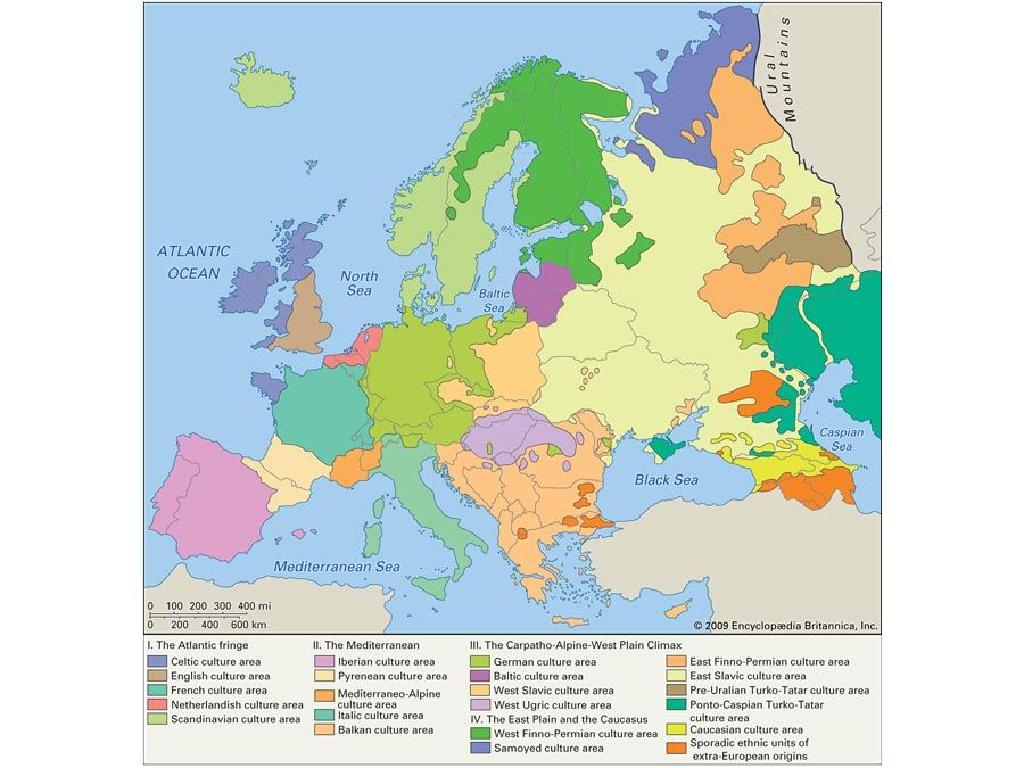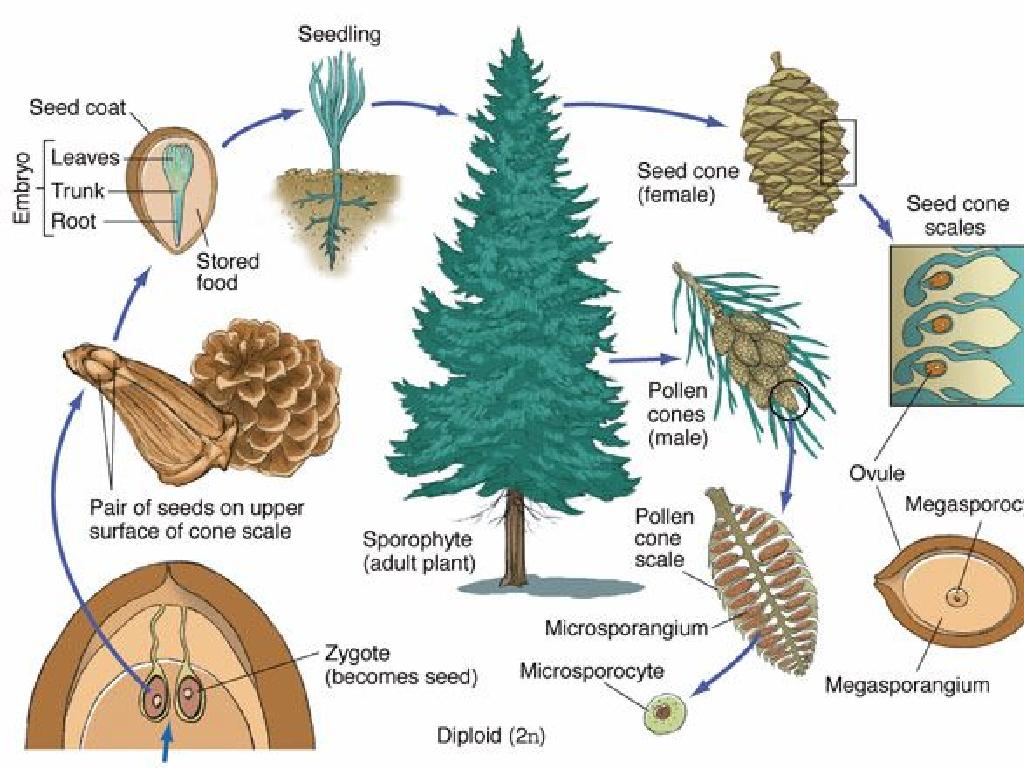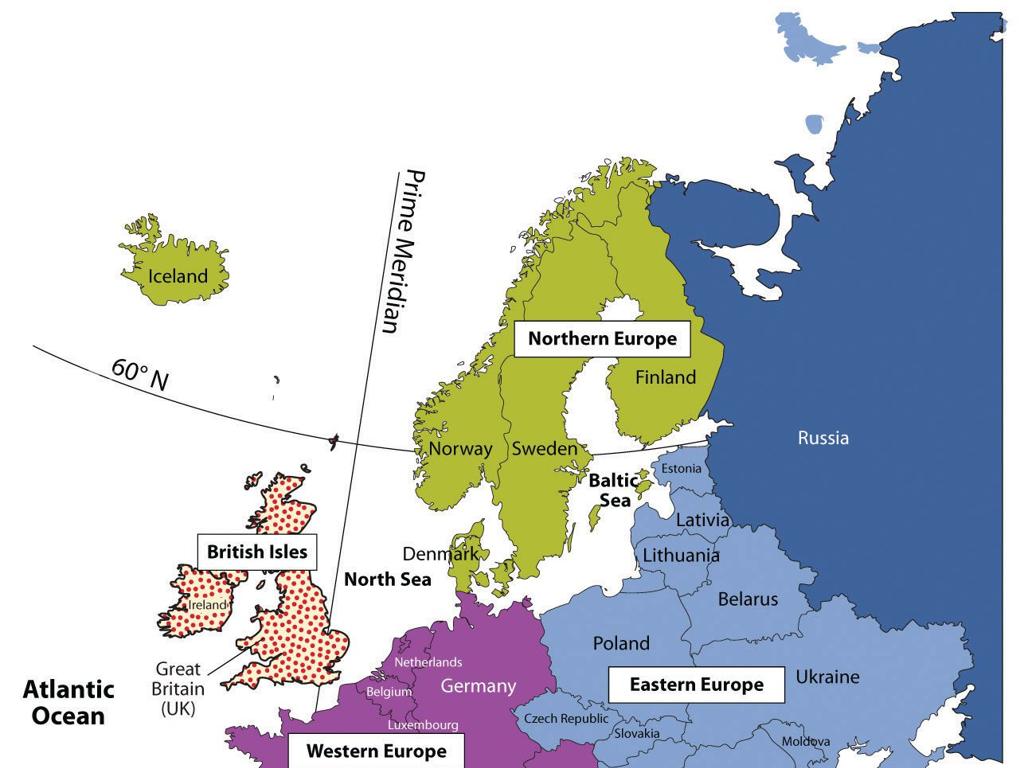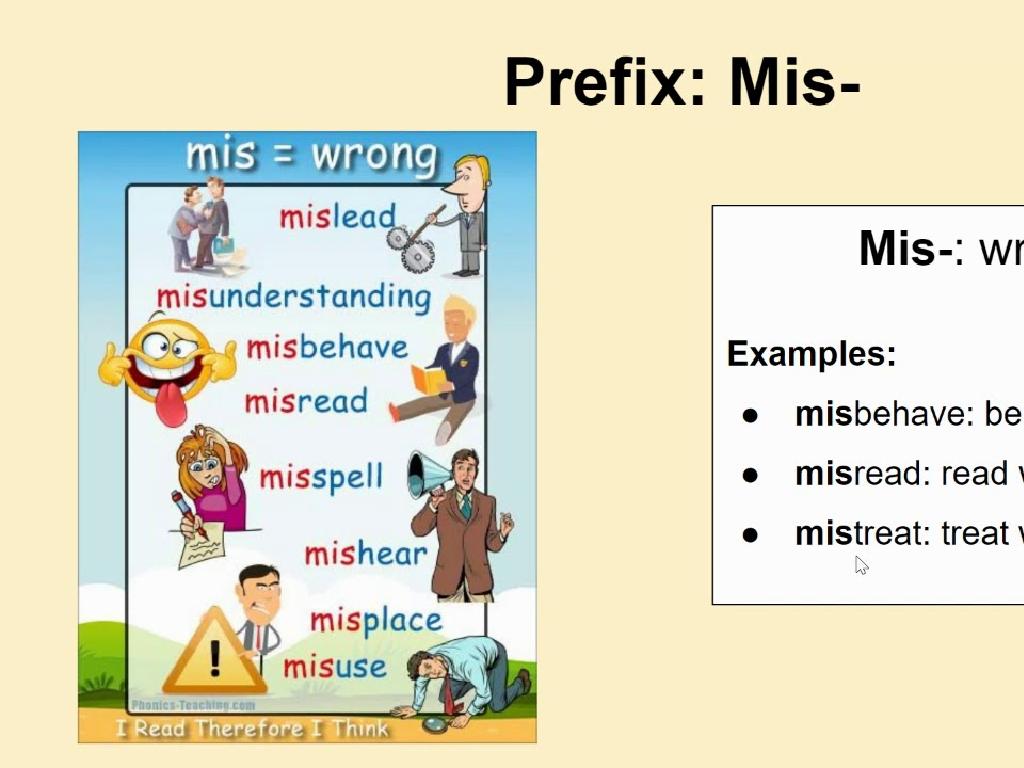Animal Adaptations: Beaks, Mouths, And Necks
Subject: Science
Grade: Third grade
Topic: Adaptations
Please LOG IN to download the presentation. Access is available to registered users only.
View More Content
Exploring Animal Adaptations
– Animals adapt to their environments
– Different beaks for different foods
– Ducks have broad beaks to scoop plants, seeds
– Various mouths for survival
– Frogs have wide mouths to catch bugs quickly
– How necks help animals
– Giraffes have long necks to reach high leaves
|
This slide introduces the concept of animal adaptations, specifically focusing on the physical features of beaks, mouths, and necks. Explain that adaptations are special features that allow animals to survive in their unique environments. Discuss how beaks are shaped differently depending on the type of food an animal eats, such as ducks having broad beaks to scoop up plants and seeds. Talk about how the size and shape of an animal’s mouth can help it catch food or scare away predators, like how frogs have wide mouths to catch bugs. Lastly, describe how the length of an animal’s neck can help it reach food that others can’t, such as the giraffe’s long neck. Encourage students to think of other animals and how their physical features help them survive.
Exploring Animal Adaptations
– Adaptations help survival
– Features that help plants/animals thrive
– Body parts with special roles
– Like beaks for eating, claws for protection
– Examples: Giraffe necks, Eagle beaks
– Giraffes reach high leaves, eagles catch prey
– Adaptations are nature’s tools
|
This slide introduces the concept of adaptations, which are characteristics that enable plants and animals to survive and thrive in their environments. Emphasize that adaptations can be physical, like body parts, or behavioral, affecting how an organism acts. Use the giraffe’s long neck as an example of an adaptation for reaching high leaves and the eagle’s sharp beak for catching prey. Encourage students to think of other animals and their unique features, fostering a discussion on how these adaptations help the animals meet their needs. This will help students understand the relationship between an organism’s traits and its habitat.
Bird Beak Adaptations
– Birds’ beaks vary by diet
– Ducks have flat beaks for scooping
– Ducks’ beaks are designed to strain plants and small fish from water
– Woodpeckers’ beaks are strong and pointed
– Woodpeckers use their beaks to bore into wood and find insects
– Beak shape is key to food access
|
This slide introduces students to the concept of adaptation in birds, specifically how different beaks suit different feeding habits. Explain that just like tools have different shapes for different tasks, bird beaks have evolved in various shapes to help them eat the foods they need for survival. For example, a duck’s flat beak is like a scoop or a strainer, helping it to catch fish and plants easily in the water. On the other hand, a woodpecker’s beak acts like a drill, allowing it to peck at hard tree bark to find insects inside. Encourage students to think about other birds they know and how their beaks might help them eat. This will help them understand the relationship between an animal’s physical characteristics and its environment.
Mouths of Animals: Tools for Eating
– Mouths help animals eat
– Frogs catch insects with wide mouths
– Frogs have sticky tongues to snatch bugs quickly
– Rabbits nibble plants with strong teeth
– Rabbit teeth are perfect for cutting through tough plant stems
– Different mouths for different diets
|
This slide focuses on the adaptations of animal mouths and how they are specialized to their diets. Explain that just like beaks, the shape and size of an animal’s mouth are adapted to what it eats. For example, a frog’s wide mouth and sticky tongue make it easier to catch insects. Rabbits have strong front teeth that allow them to nibble on plants and vegetables effectively. Discuss with the students how these adaptations help the animals survive in their environments. Encourage them to think of other animals and how their mouths might be adapted to their diets. This will help them understand the concept of adaptations and the relationship between an animal’s physical characteristics and its habitat.
The Role of Animal Necks in Adaptation
– Neck’s role in survival
– Helps in reaching food and spotting danger
– Giraffe’s long neck advantage
– Allows eating leaves from tall trees
– Turtle’s short neck benefit
– Assists in hiding head to avoid predators
– Neck length and lifestyle link
|
This slide aims to teach students about the importance of neck adaptations in animals. The length of an animal’s neck can be crucial for its survival, aiding in food access and predator awareness. A giraffe’s long neck is a classic example, enabling it to feed on foliage that other animals can’t reach, while a turtle’s short neck is an adaptation for protection, allowing it to retract its head into its shell. Discuss how the length of an animal’s neck is related to its habitat and lifestyle. Encourage students to think of other animals with unique neck lengths and how it might help them in their environment.
The Importance of Animal Adaptations
– Adaptations for survival
– Adaptations are special features that help animals live in their habitats.
– Easier food finding
– Beaks and mouths are adapted to help animals eat the right food for them.
– Protection from predators
– Some adaptations, like camouflage, keep animals safe from danger.
– Living in diverse habitats
– Animals have adaptations to live in various environments, like thick fur for cold places.
|
This slide aims to explain why adaptations are crucial for animals. Adaptations are the special features that animals develop over time to survive in their environments. These features help animals in various ways, such as finding food suited to their specific type of beak or mouth, protecting themselves against predators through mechanisms like camouflage or defensive structures, and allowing them to live in a wide range of environments, from the heat of the desert to the depths of the ocean. Discuss examples like the long necks of giraffes for reaching high leaves, the strong beaks of woodpeckers for digging into wood to find insects, and the varied mouth shapes of fish that determine their diet. Encourage students to think about how different animals in various environments might adapt to their surroundings.
Class Activity: Adaptation Exploration!
– Observe animal adaptations
– Discuss adaptation purposes
– Why does a duck have a flat beak? Let’s find out!
– Create an adapted animal
– Design an animal perfect for living in the desert, jungle, or ocean.
– Present your creature
– Share your animal’s adaptations with the class.
|
This activity is designed to help students understand the concept of adaptations in animals. Start by showing pictures of various animals, focusing on their beaks, mouths, and necks. Ask guiding questions to encourage students to think about why these features are suited to their environment and food sources. For the creative part of the activity, provide materials for students to draw or craft their own animals with special adaptations. Offer a choice of environments and challenge them to think critically about what adaptations would help their animal thrive there. At the end, each student will present their creation and explain the adaptations, fostering public speaking and critical thinking skills.






